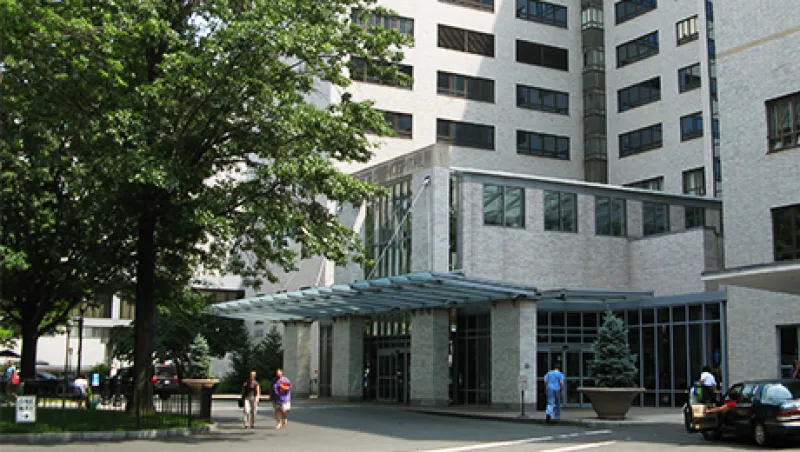Connecticut’s Hartford HealthCare returned 15.9 percent on its $3 billion fund for the fiscal year ending June 30, 2017, setting a high bar for large nonprofits as they report over coming weeks and months.
Among those who have posted FY17 results, Hartford ranks in the top decile for the year and rolling five-year returns, according to an internal performance summary reviewed by II. Growth assets and active management drove the strong returns, said Chief Investment Officer David Holmgren .
“From the portfolio side, we took a number of biases or factor bets,” Holmgren said, “including a modest growth overexposure.”
This segment of portfolio contributed most to Hartford’s strong returns, gaining 20.7 percent and representing 57 percent of assets.
On top of vibrant equity-market beta, Hartford’s active plays largely paid off.
Immediately after the U.S. election in November, Holmgren said, large-cap U.S. stocks “took a bit of stretch on value, and emerging markets sold off. Why? Who knows. But we made the shift from large caps to small cap emerging market equity. From a risk management and investment perspective, the trade turned out correctly.”
[II Deep Dive: Developed-Market Investing with Emerging-Market Risk]
Hartford’s “economic hedge” assets — including commodities, infrastructure, ship financing, aircraft leasing, and other investments minimally correlated to the growth portfolio — earned 11.5 percent in FY17. The pool will remain tilted to commodities in 2018, the summary stated, given their positive valuation.
Holmgren and his team pride themselves on building tight and supportive relationships with the funds’ investment managers. Hartford has seeded new strategies, financed special situation deals, and sent employees to far-flung locales to visit portfolio companies.
This partnership approach also led to five “noticeable manager changes” during the year, including three hedge funds terminated due to portfolio manager turnover.
Overall, Hartford finished more than 500 basis points ahead of its 10.2 percent policy benchmark return for the year ending June 30.
“It’s a validation of the work, the thought leadership, the doing-the-homework,” Holmgren said. “It’s also a product of our commitment to governance.” Hartford’s investment board includes industry practitioners, whereas many hospitals primarily have medical professionals overseeing asset management .
“I can’t do a particular project in China without three people asking me if I thought about a particular piece of new legislation or a tax implication,” Holmgren said with a laugh. “It raises the game.”






